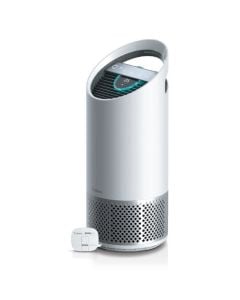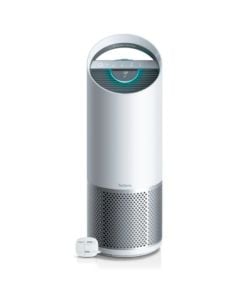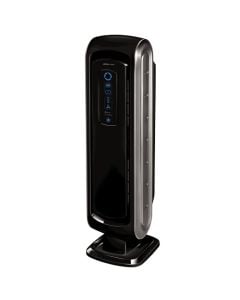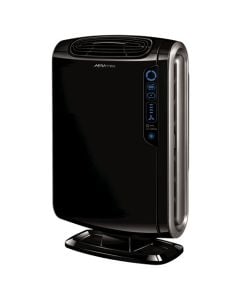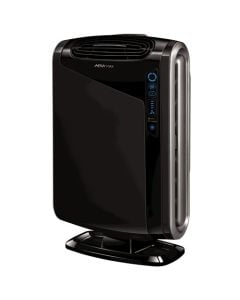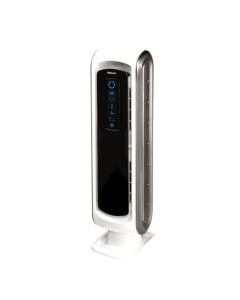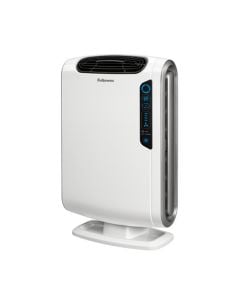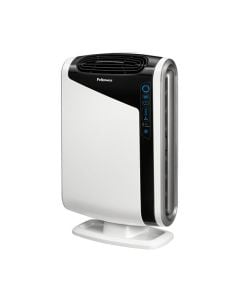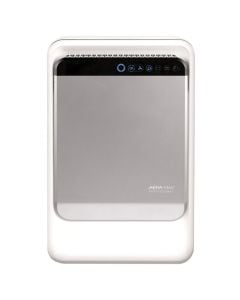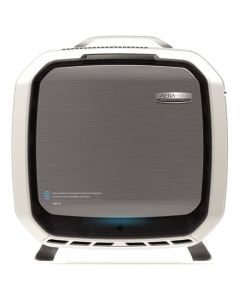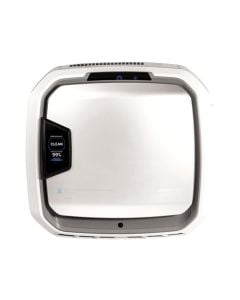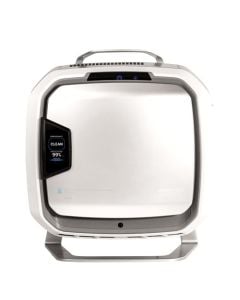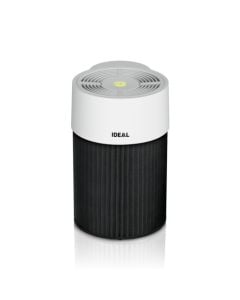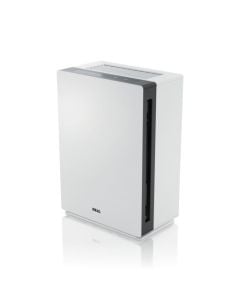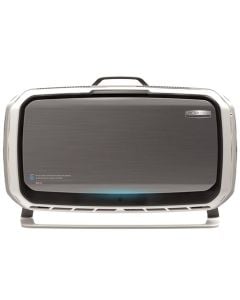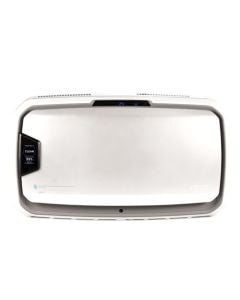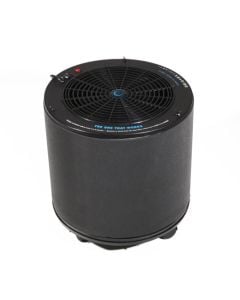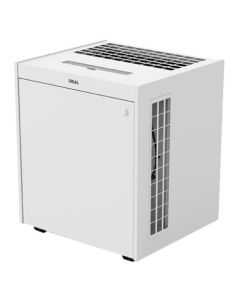Air Purifier Buyer's Guide
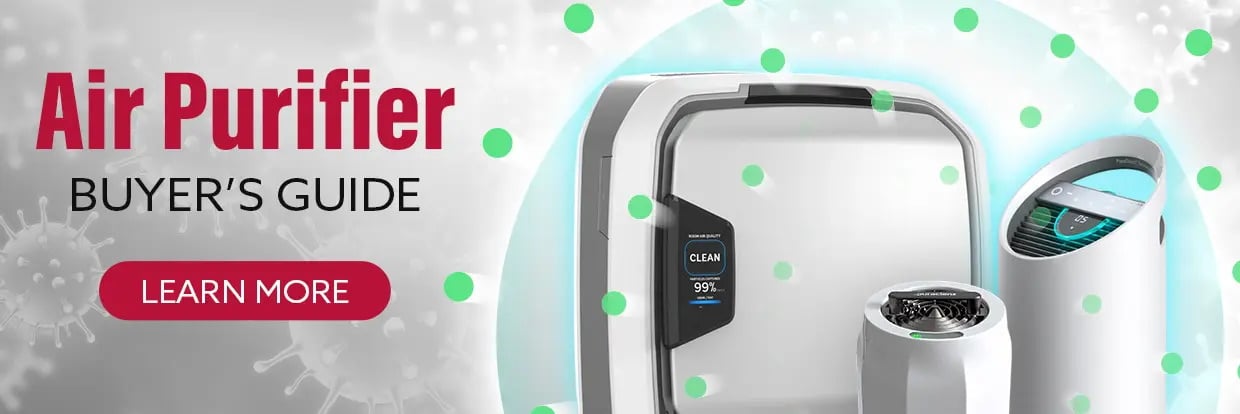
For people with allergies, allergens as well as other air pollutants are a terror because they wait on the leaves, on your furniture, or outside your window for any tiny breeze to attack. When you use the correct air purifier, you can help diminish the impacts of sensitivities and decrease pollutants in your own home, business, classroom, or church.
It's important to know how an air purifier will tackle even the smallest airborne particles when you're allergic even to the tiniest particles in the air. Understanding the many sorts of air purification techniques is also important. How do you choose the filters that will focus on the smallest particles? How is a particle measured?
We're here to help you focus on a few of the qualities to look for in an air purifier, as well as the various types of filters that can be used in various scenarios. This guide will provide a summary of the most air purifiers available right now. It will go over the contaminants that air purifiers are intended to remove, particle sizes, how COVID-19 goes on the scale, and how these particles get smaller and more dangerous.
We will also discuss the many purifying techniques used by these machines to rid the area of these particles, along with the benefits and drawbacks of each technique. Finally, we'll present you with some of the top air purifiers for a variety of settings, including cafeterias, open-plan workplaces, yoga studios, residences, and everything in between.
Particle Sizes


There are numerous ways that indoor air pollution can develop. While certain airborne particles are referred to as "microscopic," others are 10 times larger and occasionally even visible to the unaided eye.
Allergens and air pollution are strongly affected by particle size. Airborne particles can be viewed as a grouping of small molecules in the air. This is accurate, but it's not all-inclusive.
Fine particles of a diameter of 10 micrometers or less, such as those in smoke and dust, are dangerous because they can enter the lungs deeply. For a few hours or days, breathing them in can cause irritation in the lungs and provoke asthma episodes.


Large Particles
Large particles are mainly caught by mucous membranes of the nose and throat.
Inhalable Particles
10 microns (sometimes called PM10), can get in the lungs.
Fine Particles
2.5 microns, (sometimes called PM2.5), can enter alveoles.
Ultrafine Particles/Nanoparticles
0.1 micrometers (100 nm) can enter the bloodstream right away. Per to The World Health Organization (WHO), these particles are the most hazardous.
1. PARTICLES
- Bacteria
- Viruses
- Smoke Residue
- Pollen
- Mold Spores
- Dust
- Etc…
2. GASEOUS
- Carbon Monoxide
- VOCs
- Nitrogen Dioxide
- Radon
- Formaldehyde
- Ozone
- Etc…
TARGET POLLUTANTS
Both gaseous and particle contaminants are the target of air purifiers. Each particle has the potential to be dangerous, necessitating a variety of filtering methods. The following list includes some of the most typical pollutants within each category.
UV Light (UVC Light)
Target: Particles/Microorganisms| Method: Canister or Cell
Through the use of UV light technology, UV air purifiers are devices that gather air and filter it. The air then passes through a small inside chamber and is exposed to UV-C light. The air is then filtered by several air purifiers before being reintroduced to the area.
| Pros | Cons |
| Destroys (micro-size) airborne microorganisms such as mold, dust, and germs. | Requires slow airflow |
| Makes bacteria harmless and inactive. | Doesn't capture the particles matters. |
| Low upkeep and inconsistent canister replacement. | Has lamp replacements. |
Ion (Isolation)
Target: Particles | Method: Canister or Cell
Ionic air purifiers don't use fans to move air through filters; instead, they release negatively charged ions that attach to positively charged airborne pollutants. The technique is not as tough as it may seem.
| Pros | Cons |
| Energy efficient; uses less power. | The filtering process is slow. |
| Doesn’t need a lot of maintenance. | There’s a bad reputation surrounding it because of a 1990s release. |
| Doesn’t need frequent canister replacements. | Doesn’t filter and collect the particles. |
Most air purifiers have an automated mode that adjusts the fan speed based on the quantity of pollution it detects. Additionally, you can create an automatic on/off cycle for the air purifier so it runs just during the times you choose. You may therefore breathe lightly while going about your day (or night), knowing that your air purifier is taking good care of your air.
PURIFYING ACTIONS
Five main purification techniques are used by the majority of air purifiers on the market:
- PCO
- Carbon
- UV
- Ion
- HEPA
Other models offer integrated, multi-point solutions to combat particular contaminants. Below is a list of each air purification method's benefits and drawbacks. Additionally, we have indicated the exact course of action for each type of pollution.
PCO "Photocatalytic Oxidation"
Target: Gaseous | Method: Canister or Cell
| Pros | Cons |
| Bacteria are turned harmless and inactive. | Carbon monoxide risk; make sure systems are certified. |
| It works well against a variety of gas pollutants. | No particles are collected. |
| Low maintenance and infrequent canister change are needed. | Takes longer to filter the air. |
Carbon
Target: Gasses | Method: Fibrous Filter
The most popular filters for removing gases are carbon air filters. Over an activated carbon (sometimes referred to as activated charcoal) bed, they filter volatile organic compounds (VOCs) released by common home items. They're typically used to get rid of odors in the air, such as the smell of smoke from cigarettes. They are unable to remove microscopic particles like dust, pollen, or mold from the air, though.
| Pros | Cons |
| Counteracts gases, odors, and VOCs | It doesn't filter out the particles. |
| Common; frequently used in conjunction with ION, UV, and UV systems | Need periodic filter replacement |
| Effectiveness of the gas will vary. |
HEPA
Target: Particles | Method: Fibrous Filter
Every HEPA filter contains paper made up of small, randomly distributed glass fibers, which range in size from 0.5 to 2.0 micrometers. In one of three ways, the filters block dust and other particles. Using this technique, particles are swiftly drawn into the filter and are captured there. When larger particles move in the air stream as they enter the filter, they can't avoid the fibers because of the air stream's curved shape. Faster airflow rates increase the likelihood of this, which is also known as impaction, occurring.
| Pros | Cons |
| Highly effective | Does not remove microscopic particles like viruses and bacteria. Useful down to 0.3 meters. |
| Leading air filter on the market | The filter needs to be changed frequently and doing so releases collected pollutants back into the atmosphere. |
| Does not remove gases or smells |
Choosing An Air Purifier
Customers' needs for air purifiers will vary depending on their line of work. Professional organizations and people frequently take the system's (1) square footage, (2) run time, (3) target and target size, (4) and price into account before making their choice.
Medical facilities would need to take purification systems more seriously, which can involve their HVAC team with the volume of "air changed per hour" and the usual inhabitants in a space. People who frequently work in busy places like government buildings look for all-inclusive air purifiers that get rid of viruses, smoking dangers, and other pollutants. Companies with low visitor traffic, however, might focus more on allergies to protect their staff.
Customers can use a variety of components to cover their unique square footage and room arrangements. With the help of our clients, partners, and partners, we can strategically place several units in larger buildings.
SMALL ROOMS
Up to 1,000 square feet.
Perfect for small apartments, home offices, or classrooms.
MEDIUM ROOMS
1,000 - 2,000 square feet.
Great for mid-size homes or studio apartments, open-office floor plans, and lecture halls.
LARGE ROOMS
2,000+ square feet.
Cover your whole house, church, or extra-large workspaces.
Still Have Questions About Air Purifiers?
Still need help finding the best air purifier for your office or home? Call us at 1-800-944-4573 and we would be happy to help guide you to the ideal model for your unique needs.



